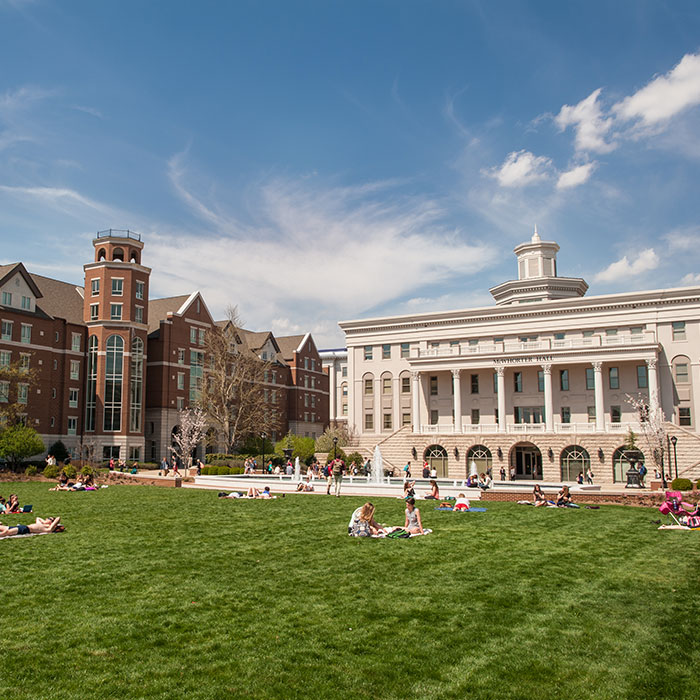
I think you are acquainted with this place
Introduction
Place-making and Being a Good Neighbor
Neighbor, "one who lives near another," is a word taken from Old English/West Saxon neahgebur, from neah "near" and gebur "dweller" (related to our "dwelling"). Literally, neighbors are our near-dwellers. Not just the folks next-door, they're the people we come into contact with in a great number of settings, both permanent and temporal, formally and informally, for long-time commitments and short acquaintances. By extension, and adopting the human analogy that we so often apply to architectural thought, our buildings stand in near-dwelling groups, and we can design to enhance or prohibit neighborly feelings between them, and among the people who inhabit them. One could argue that really good neighbors, like good hosts, will welcome and make places for everyone, including people who have been historically marginalized due to such factors as race, gender, disability, and socio-economic status.
Just as the context of our own actions, thoughts, and beliefs take on greater power when they are manifest in community, the quality of our buildings also can be seen as most important when it is in context of other surroundings. We've seen the importance of context from several different perspectives; this week we look at the angle of how building designs can contribute to, or detract from, the making of place, and meaning-making within a place. Here in Nashville there is a strong value for neighborhood identity and also a sense of frustration at developments that detract from identity-making. This is a longstanding issue in architectural design, articulated in formal theory at least as early as Alberti. The way that individual designs, urban layouts, traffic planning and the hundreds of other designed strategies that are behind every settlement are neither just aesthetic preferences nor fulfillment of code objectives; they embody human values and decisions that directly affect the people who live in and around our buildings.
In this final week of ARC 1015, we again take a past/present/future study of place-making to see how policy and preferences have shaped our cities and the lives within them, and the way the profession has taken part in these developments. These considerations will draw together many of the themes of the class and ask you to come to terms with these many strands that you are inheriting from the past, and consider what your response will be for the present and future.
The Week at a Glance
Before you proceed with this week, make sure to finish last week by:
- writing (doing a mind-dump) in your personal journal for at least 15 minutes--distill the whole week into what seems most important to you
- distilling what you wrote in your journal in the "Journaling" exercise for Week 11 on Blackboard
- completing a review of another person's project
- Find the project you are assigned to assess on the project chart
- Locate the rubric, which you can either download & markup electronically or print & markup manually
- Review the chart, then watch the adaptive reuse project, critically assessing the degree to which the project achieves the listed criteria
- Provide helpful/constructive comments as well as your numeric assessment
- Send a photo or scan of your completed rubric to the project author and Dr. Amundson by 11:11 Friday morning.
To successfully complete the twelfth and final week of the semester in ARC 1015, follow these steps:
(1) Watch this video for an overview of the week
(2) Work through the narrative and activities that follow on this page, noting the following upcoming due dates.
- Friday: return your graded rubric of a colleague's project to them and Dr. Amundson
- Friday through Monday: participate in the discussion board (see directions below)
- NOTE: assignments are always due at 11:11 AM on the specified date--unless you receive specific directions otherwise
(3) Read the current (and final!) assignment in the Paul Goldberger book, Why Architecture Matters (Chapter 7).
Learning Objectives
At the conclusion of this unit, you should be able to:
- Interpret manifestations of the realms of sustainability in a variety of approaches to architecture [UNDERSTAND].
- Recognize opportunities for service and vocation, understood in the context of Christian traditions, within the context of twenty-first century architectural practices [UNDERSTAND].
- Demonstrate a holistic understanding of the dynamic between built and natural environments, understanding how architects mitigate climate change responsibly by leveraging ecological, advanced building performance, adaptation, and resilience principles in their work and advocacy activities. [UNDERSTAND/NAAB PC.3 Ecological Knowledge and Responsibility]
- Demonstrate understanding of diverse cultural and social contexts and the ability of architects to design environments that equitably support and include people of different backgrounds, resources, and abilities. [UNDERSTAND/NAAB PC.8 Social Equity and Inclusion]
- Manifest your understanding in a personal mission statement on professional/vocational goals integrating faith commitments and professional aspirations [CREATE].
Discussion Board
This week you will engage in the third and final tiered discussion of the semester (available on the course Blackboard site). Make sure to find your name below and see when your work is due:
For FRIDAY (11 PM): first responders (Dylan, Peyton, Harry, Ryan M. Lauren, Ryan P., Nathan, Keily, Benjamin, & Sierra)
For SATURDAY (11 PM): next rejoinders (Emma, Paige, Reginald, Melanie, Jesse, Brendon, Honor, Jason, Chase, & TJ)
For MONDAY (11 AM), final summarizers (Anna, Katellen, Rachel, Kayli, Anthony, Walter, Heidi, Tess, Taylor, & Sara)
for the discussion board
Reckoning
Our last several weeks of sustainability studies would never have happened if the architecture profession (and the fields it depends on) had not adopted so many unsustainable practices in the last centuries. Our current condition is, to a great extent, shaped by decisions that have led to accumulated environmental, economic, and social challenges. All of these are exacerbated by invisible policies regarding class and race that have had very, very visible impacts on our cities. Some of the most devastating of these are discussed in the short film below:
- For more on this documentary, click here.
Because the unfair policies described in Segregated by Design were enacted at the federal level, there are very, very few communities nationwide (especially when you consider the country's largest cities) that escaped from the one-two punch of urban renewal and highway construction (that, even if it was enacted in a value-neutral way, would have led to physical devastation) and the racist policies behind them. This is certainly true of Nashville and the other big cities in Tennessee, whose historic grids--and the largely Africa-American neighborhoods that populated them--were reshaped, disrupted, and dismantled with the construction of highways and institution of redlining policies.
- Click the image below to visit an interactive website that allows you to swipe between the pre- and post-"renewal" cities. In class, we will focus on Jefferson Street and the Capitol Hill neighborhood of Nashville, so take some time to study them in particular.
For a very good overview of Nashville's history as a city, read this publication by the Civic Design Center.
Although there were points of resistance to these developments in the architecture community and society at large, they could not stop the policies from (re-)shaping our cities and the communities within them. One of the strongest calls from within the community was voiced at an AIA Convention in Portland held in 1968, just a few months after the assassination of Martin Luther King, Jr. The keynote was presented by civil rights leader Whitney M. Young, the executive director of the National Urban League, founded in 1910 to improve the standards of living for African Americans and other marginalized groups through increased economic empowerment, equality, and social justice.
Architects can no longer feel comfortable in thinking that the problems of our cities--not all of which architects are responsible for but some of which they could help to ameliorate--are a past matter of history, part of the problems of the 1960s that only the most optimistic people could believe were solved with the Civil Rights Movement. The #BlackLivesMatter movement, which gained so much unwanted attention and energy from the brutal killing of George Floyd, has shone a light on the continued challenges before us.
Architect Bryan C. Lee, design principle at Colloqate Design, a multidisciplinary "Architecture + Design Justice practice focused on expanding community access to, and building power through the design of social, civic, and cultural spaces," has written and spoken widely on these issues. His perspective on the oppression built in to the design of our cities is encapsulated in this (necessarily) shocking statement,
For nearly every injustice in the world, there is an architecture that has been planned and designed to perpetuate it.
The following article points out how the profession of architecture has been complicit in these oppressions and offers a path forward through the Design Justice movement, which comprises policy decisions, professional actions and attitudes, community engagement, and a focus on designing "liberating spaces."
2021 NCARB/NOMA survey
https://www.noma.net/research/
for the discussion board
Good Places & Social Equity
Beyond equality, which ensures that everyone is offered the same resources, equity is the state of giving all people "what they need to enjoy full, healthy lives.... like equity, equality aims to promote fairness and justice, but it can only work if everyone starts from the same place and needs the same things." Our opportunities to increase equity take several forms; some of them follow below.
Public & Professional Policies
An important way that architects can counter bad policies is to get involved with the process by which those policies are adopted: vote, attend city council meetings; run for office. Really! More immediately, work and educational environments, and access to both, require continued attention and reform.
- Watch the following, which updates information from earlier in the class about representation, and work to ensure that your workplaces are equitable and open to greater access (and find lots, lots, lots more by clicking here.)
Design
In the realm of design, architects need to find ways to work around or through prevailing and oppressive policies, but can also focus on designing better places and cities at all scales. Policy and design work together to make our cities inclusive.
- Watch the video below for a view into small-scale design initiatives that can have significant impact on people's lives
At a broader scale, the design of cities and streets, as well as approaches to regionalism that favor environmental and culturally sustainable approaches to design, are the focus of many architects working to revitalize historic cores and design new settlements on the basis of old principles. Urban streets are deemed "good" when they promote street life and contribute to a coherent image. Because of this, the world's great cities are known for well-defined streets as much as individual monuments. Consider these famous places:
 Michigan Ave., Chicago
Michigan Ave., Chicago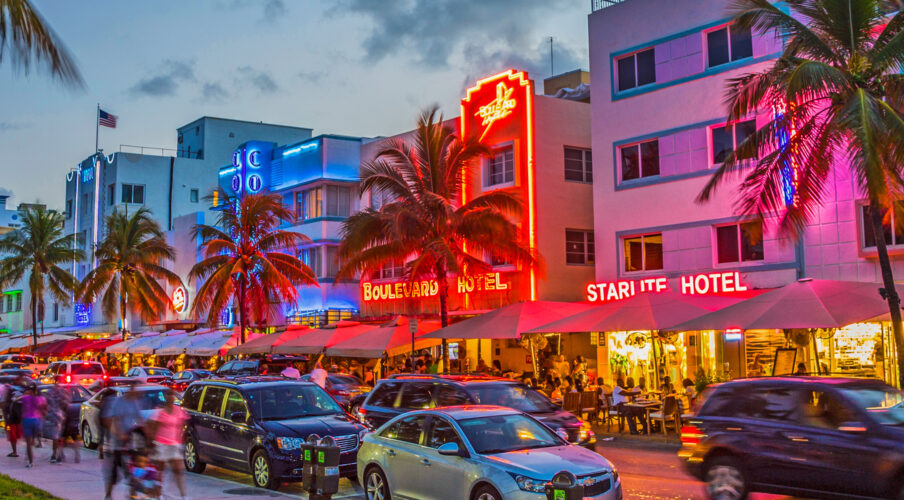 Ocean Drive, Miami
Ocean Drive, Miami Wangfujing Street, Beijing
Wangfujing Street, Beijing The Strip, Las Vegas
The Strip, Las Vegas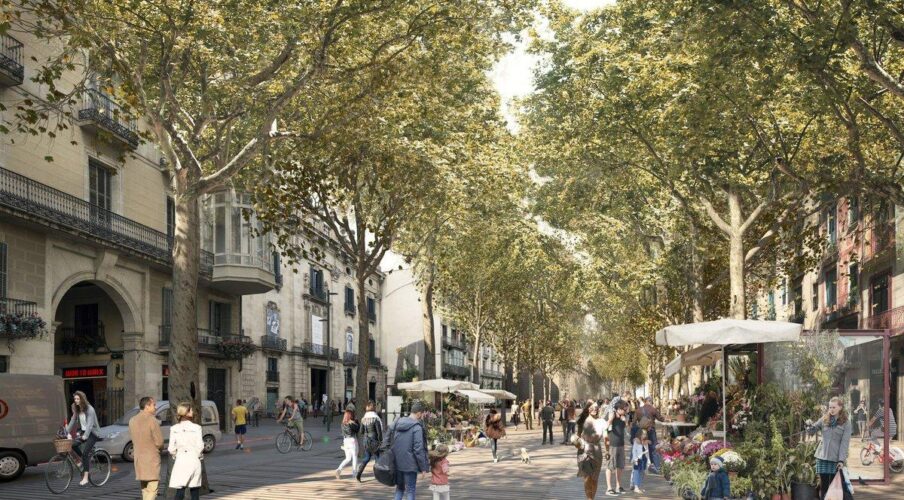 La Rambla, Barcelona
La Rambla, Barcelona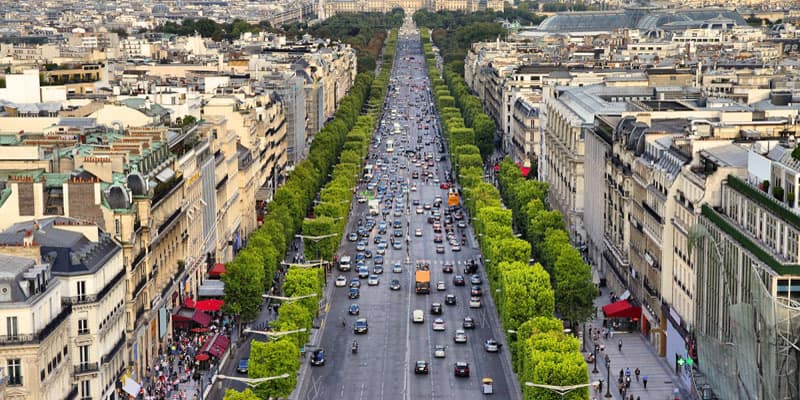 Champs-Élysées, Paris
Champs-Élysées, Paris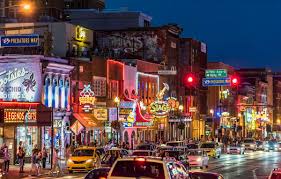 Lower Broadway, Nashville
Lower Broadway, Nashville
These are famous streets, well-known for their aesthetic coherence and recognizable design characteristics, and lively street life surrounding the amenities they offer. They also can be seen as important antidote to the sameness that has spread globally, connecting human need for distinctive, authentic places with approaches to sustainable design. One might question, however, the access they allow or promote. In short: whose streets are these?
Similar questions are oftentimes posed to New Urbanist designers, whose policies aim to be sustainable. To what extent do they achieve the three realms? Watch on for two views:
Social Equity
Ideally, our policies, practices, and design coalesce into environments that promote social equity. Yasmeen Lari, whom you've met before in context of her vernacular-inspired architecture, provides a great summary of the intersection of racial, environmental, and economic concerns in this recent address, and provides a powerful voice to the conclusion of this lesson.
For a transcript, click here.
for Tuesday
Attend Class:
Update from Monday: Dr. Amundson will conduct class from off-campus; for notes about attendance on campus/online, please see her email from Monday (11/9).
on campus
Rachel, Melanie, Heidi, Sarah, Peyton, Emma, Honor, Anthony, Dylan, Harrison, Ryan P., Reggie, & Keily
- (3:30) Welcome guest, Valarie Franklin, AIA, NOMA; Senior Assoc. at Moody Nolan
- (4:30) Break
- (4:40) Course evals; discussion of the week; Goldberger, ch. 7
- (5:00) Talk about final requirements
- (5:15) Summaries & time to write
online
Anna, Katellen, Ryan M., Lauren, Paige, Jason, Benjamin, Jesse, Brendon, TJ, Tess, Sierra, Kayli, Taylor, Nathan, & Chase
- (3:30) Welcome guest, Valarie Franklin, AIA, NOMA; Senior Assoc. at Moody Nolan
- (4:30) Break
- (4:40) Course evals; discussion of the week; Goldberger, ch. 7
- (5:00) Talk about final requirements
- (5:15) Summaries & time to write
recording of class meeting
